
Best of ChemEd will take place Tuesday, July 27 to Thursday, July 29, 2021 (12:00 to 4:00 pm EST) and is a free virtual event hosted by the American Association of Chemistry Teachers (AACT). Registration is now opened for each day.

Sign up to receive email updates about our social events, schedule changes, additional programming and future ChemEd information.
Smartphone Spectroscopy Summary
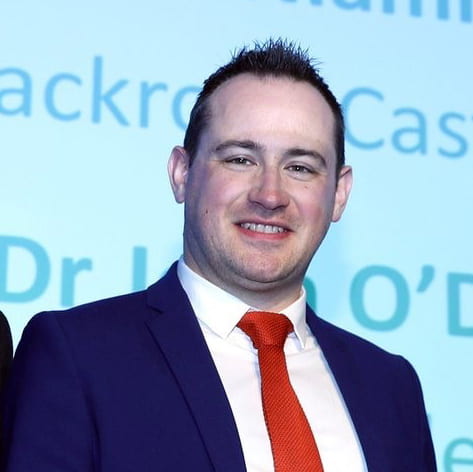
John O’Donoghue, School of Chemistry, Trinity College Dublin, Ireland
This summary session will provide details and resources for a simple experiment that touches on many core chemistry concepts such as particle theory, colour, spectrophotometry, dilutions and concentrations. This simple activity strips spectrophotometry back to its most basic components and removes the “black box” effect of modern commercial devices. It can be set for learners to try at home with a responsible adult or used as a hands-on classroom experiment or demonstration.
Flip the Script on Flipped Classroom

Kristen Drury, William Floyd High School, Long Island, NY
Flipping the classroom has many connotations and teachers flip in all different ways. This talk is less about how to flip and more about how flipping can work for you. The talk will provide ideas for when recorded lessons will be the most valuable for students, the length of videos that is most recommended, how to monitor students, and how to keep inquiry alive in this environment.
Covid forced me to get creative with my course assessments, and it actually worked!

Kate Stuttaford, University of Guelph, Guelph ON
I wanted my instrumental analysis course to be interesting and engaging even though it was all online. I had a one live session with the class each week and wanted to make the most of it by getting them to work with me and each other. I also wanted to challenge myself to think beyond the traditional assessment methods (quizzes, exams, group presentations, research papers). What I ended up with was some creative storytelling, builds in Minecraft, a flip book, some videos, some poetry, a Jack-o-lantern, the results of some Google searches, a bank of information needed to set up an instrumental lab and a class that really seemed to enjoy it all. To quote one student “you saved my sanity”.
The introduction of gamification in the chemistry classroom
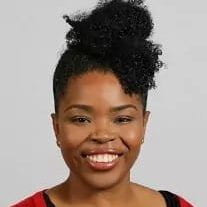
Nikita Burrows, Monmouth University, Long
Branch, NJ
This talk will explore the application of typical elements of game playing (such as point scoring, competition with others, rules of play) to the undergraduate general chemistry classroom. We will look at the use of the gaming platform ‘twitch’ for office hours, a points and rewards system for submitted work, clicker question gameplay, and the creation of escape rooms for review sessions, among other game elements incorporated in an online flipped classroom.
Fun and Games with InteractiveChemistry.org
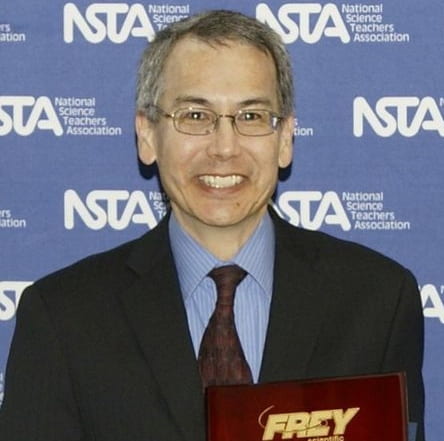
Steve Sogo, Laguna Beach High School, Laguna Beach, CA
InteractiveChemistry.org is a new website with chemistry games and simulations created using the video game engine Unity. This session will provide an overview of the variety of games and simulations suitable for use from middle school to college. The simulations look and feel like video games, but teach valuable concepts including chemical bonding, thermodynamics, and chemical reactions. New simulations are constantly being developed and added to the website.
Beyond Bohr: replacing the Bohr atomic model with an accessible picture of how atoms and light interact
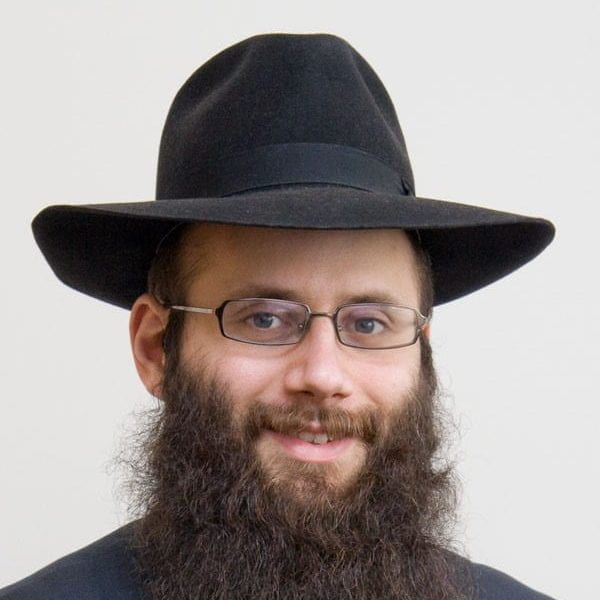
Binyomin Abrams, Department of Chemistry and Department of Teaching and Learning, Boston University, Boston, MA
Many students retain substantial inaccuracies and misconceptions about the nature of atoms, even after completing multiple years of chemistry education. Some of the most resilient misconceptions relating to atomic structure involve electron particles moving on a set path – like planets in an orbit or in orbiting shells. Most of these misconceptions arise from classical analogies and misleading metaphors used in instruction and textbooks, including teaching the Bohr model first and foremost. Instead of the traditional (historical) approach to teaching atomic structure, we follow an alternative approach to teaching introductory students about light-matter interactions at the atomic level that avoids introducing deprecated and inaccurate models, meets all of the traditional learning outcomes (and more), yet does not rely on an overly mathematical approach.
Implementing Claim, Evidence and Reasoning (CER) in your classroom
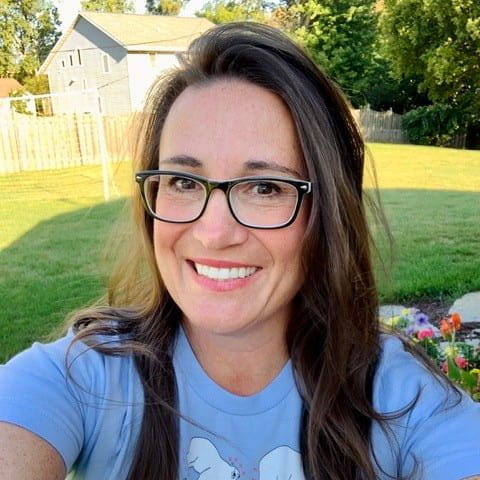
Anne Schmidt, Bay Port High School & Bellin College, WI
Incorporate CER in your classroom in order to help your chemistry students think like scientist and craft better scientific explanations. Examples of guiding questions will be used to create CER activities that should enhance student engagement, increase chemical knowledge, and improve scientific reasoning abilities. Guiding questions will be from experiments, animations/simulations, and chemical concepts to create CER activities that you can use with your students.
Thursday Moderator and ChemEd 2025 Co-Chair
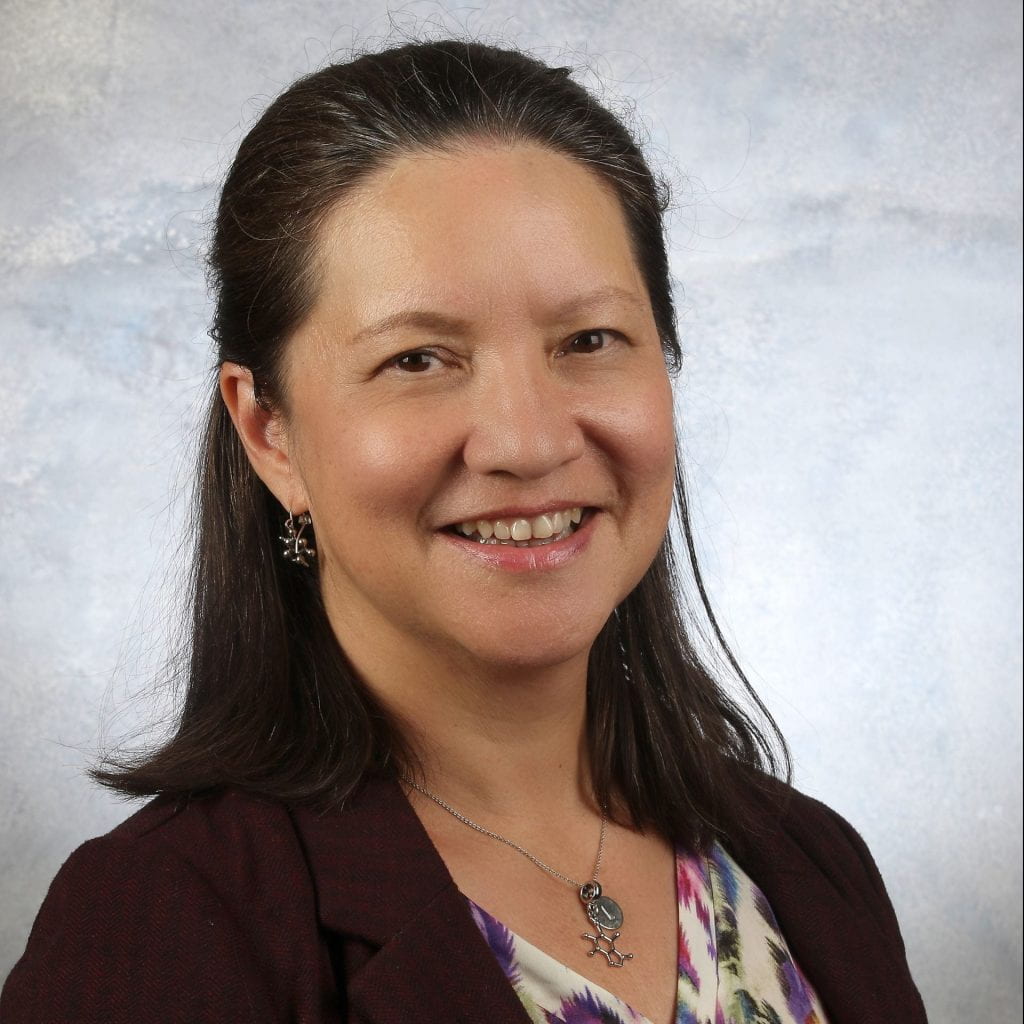
Linda Cummings, Instructor, University of Colorado, Colorado Springs, CO
Go to Best of ChemEd:


